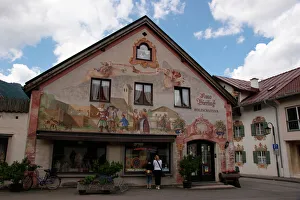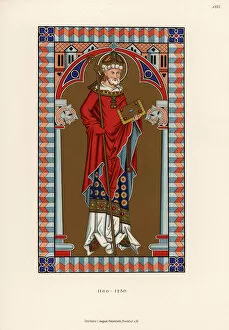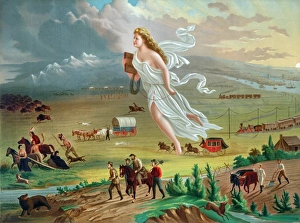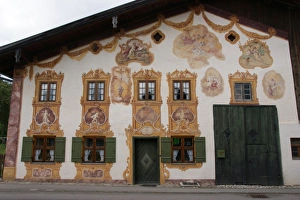Gast Collection
"Gast: Exploring the Rich Cultural Heritage and Artistic Expressions" Discovering the world of "gast, " we embark on a journey through various forms of art, history
All Professionally Made to Order for Quick Shipping
"Gast: Exploring the Rich Cultural Heritage and Artistic Expressions" Discovering the world of "gast, " we embark on a journey through various forms of art, history, and cultural significance. From Bierling Kuno Holzschnitzerei in Oberammergau to Luftlmaleri Frescoes adorning its walls, this quaint German town offers a glimpse into centuries-old craftsmanship. Delving deeper into history, we encounter the costume of a German bishop from the early 13th century, showcasing intricate details and reflecting religious traditions that have stood the test of time. The Illustrated page from the Welschen Gast transports us to medieval literature with its captivating imagery. Moving forward in time, Michel de Gast's work captivates our attention with its mysterious allure. Created by an unknown artist in 1575 but published much later in 1907, it leaves us pondering about its origins and hidden meanings. Art takes different forms as well; Scotts Emulsion by August Gast provides a visual representation of advertising techniques prevalent during the late 19th century. Its vibrant colors and meticulous detailing highlight how art intertwines with commerce. Returning to historical roots once again, GAST: AMERICAN PROGRESS presents an allegorical representation of Manifest Destiny—an idea that shaped American expansionism during the 19th century. This artwork serves as a reminder of significant moments in history when art became intertwined with political ideologies. Further exploring artistic expressions throughout time, Gast II Fôs Livre de Chasse (1387-89) showcases exquisite illustrations depicting hunting scenes—a testament to both artistic skill and cultural practices prevalent during that era. Shifting our focus towards architecture, Ludecke Carl Johann Bogislaw's Castle in Dobrau reveals not only grandeur but also practicality through its detailed floor plan highlighting a gasthaus or inn—symbolizing hospitality deeply rooted within European culture. Finally reaching Switzerland, we encounter Gast and Kurhaus in Obwalden, Unterwald.









